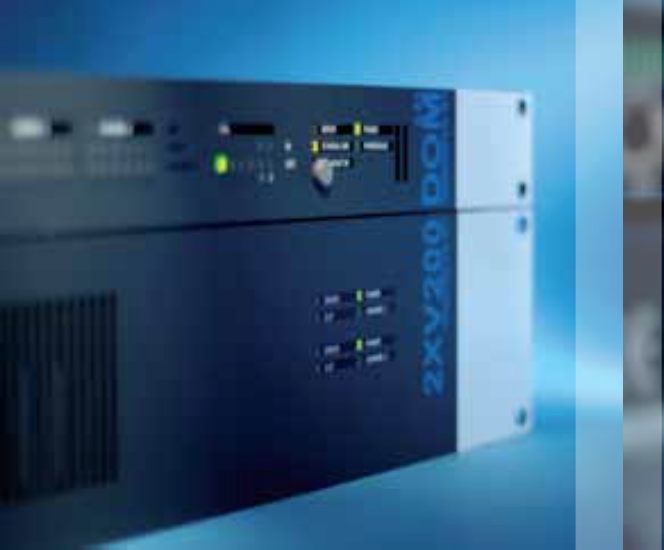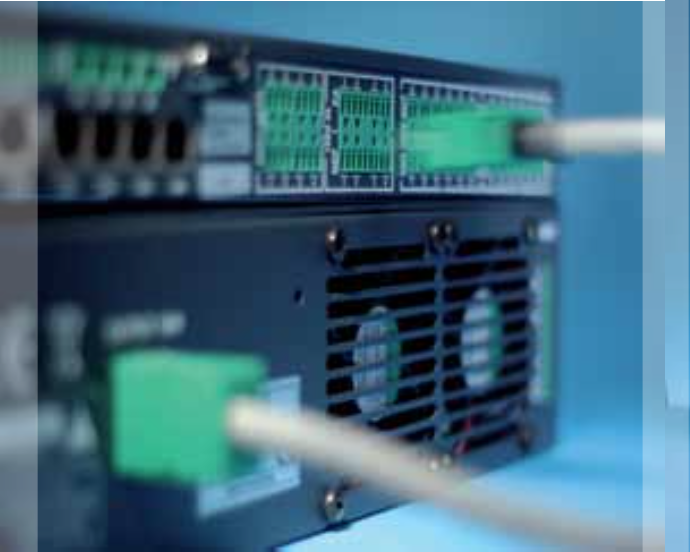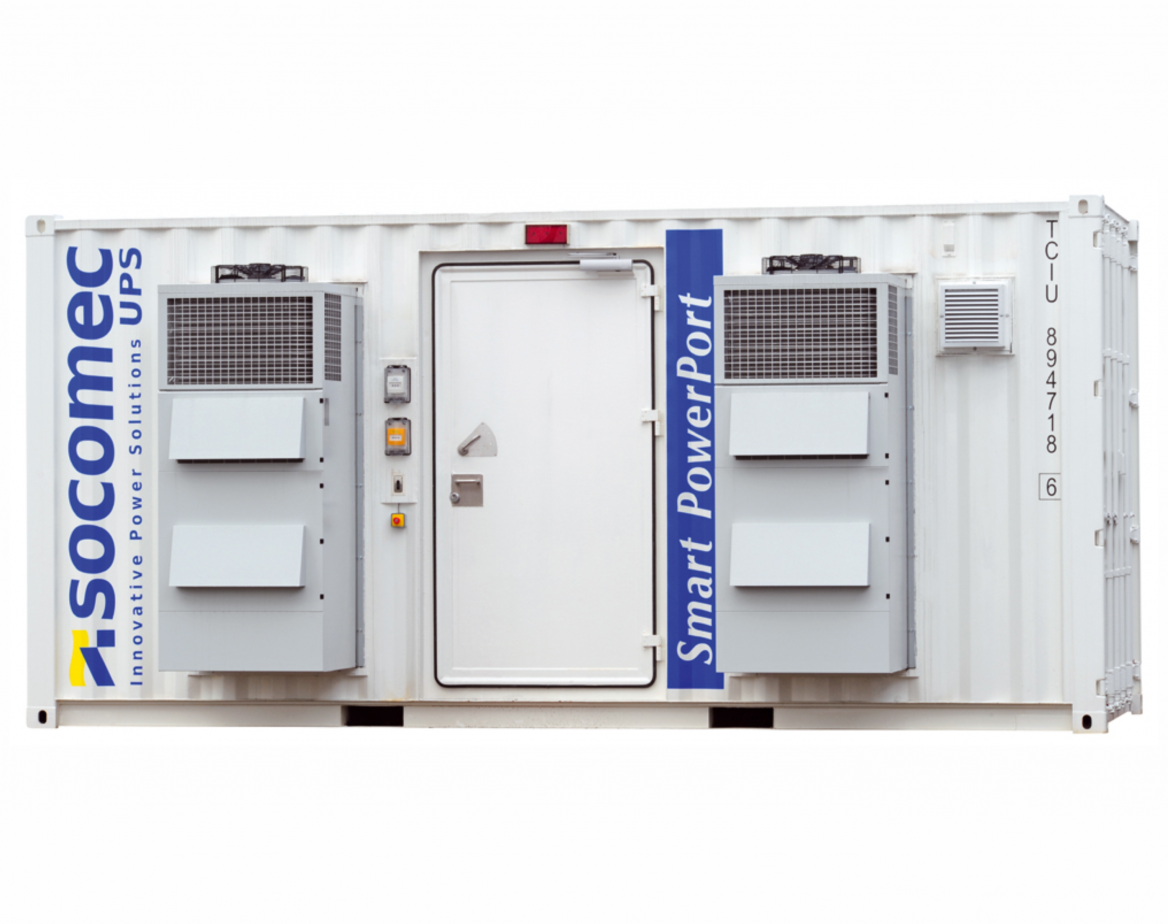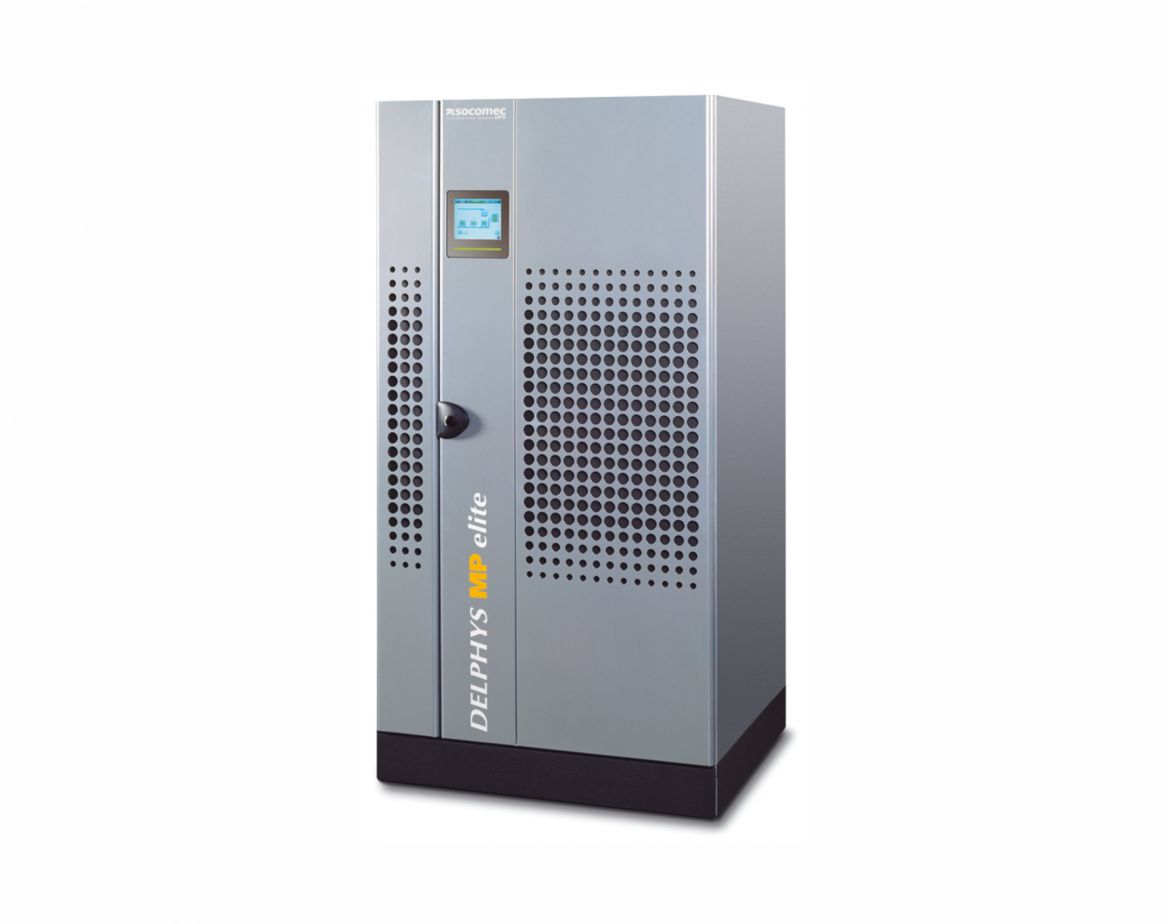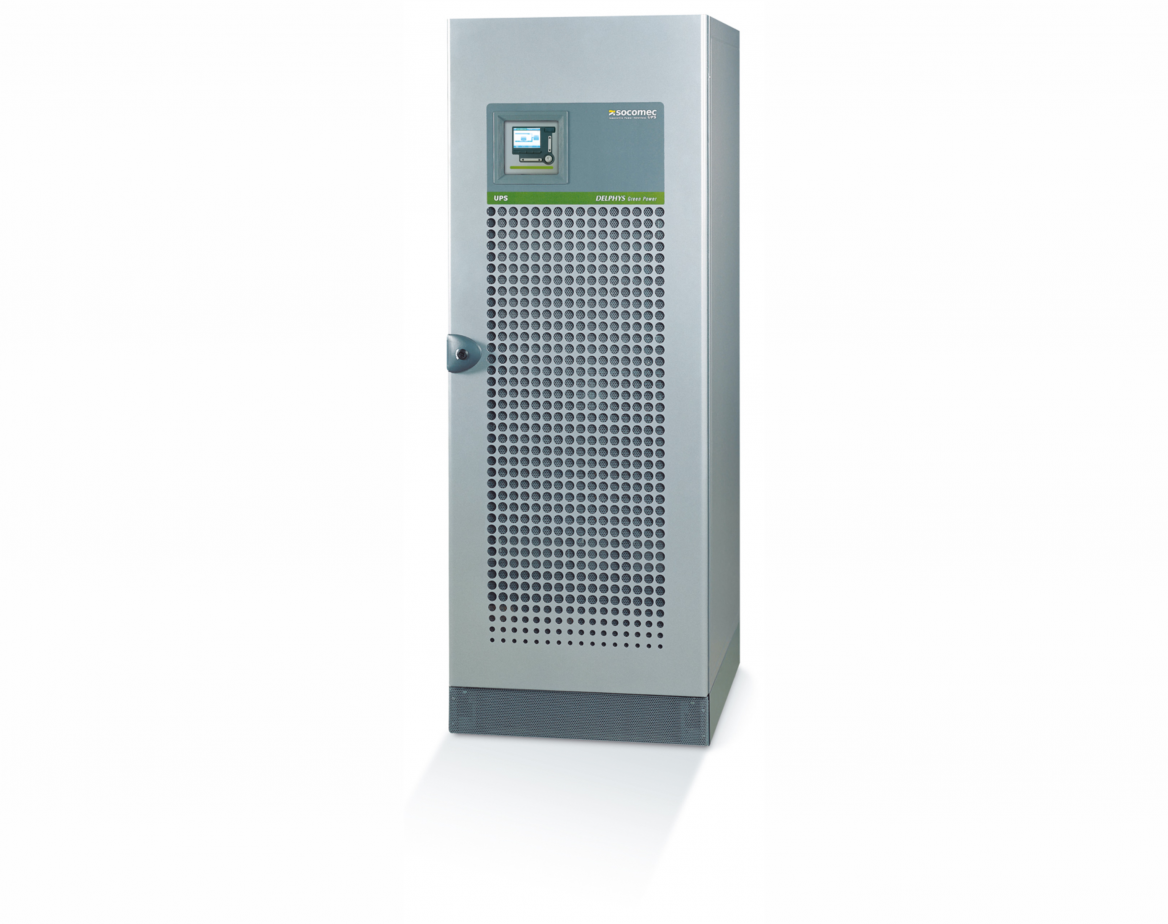SMART POWERPORT (100 kW-1.84 MW)
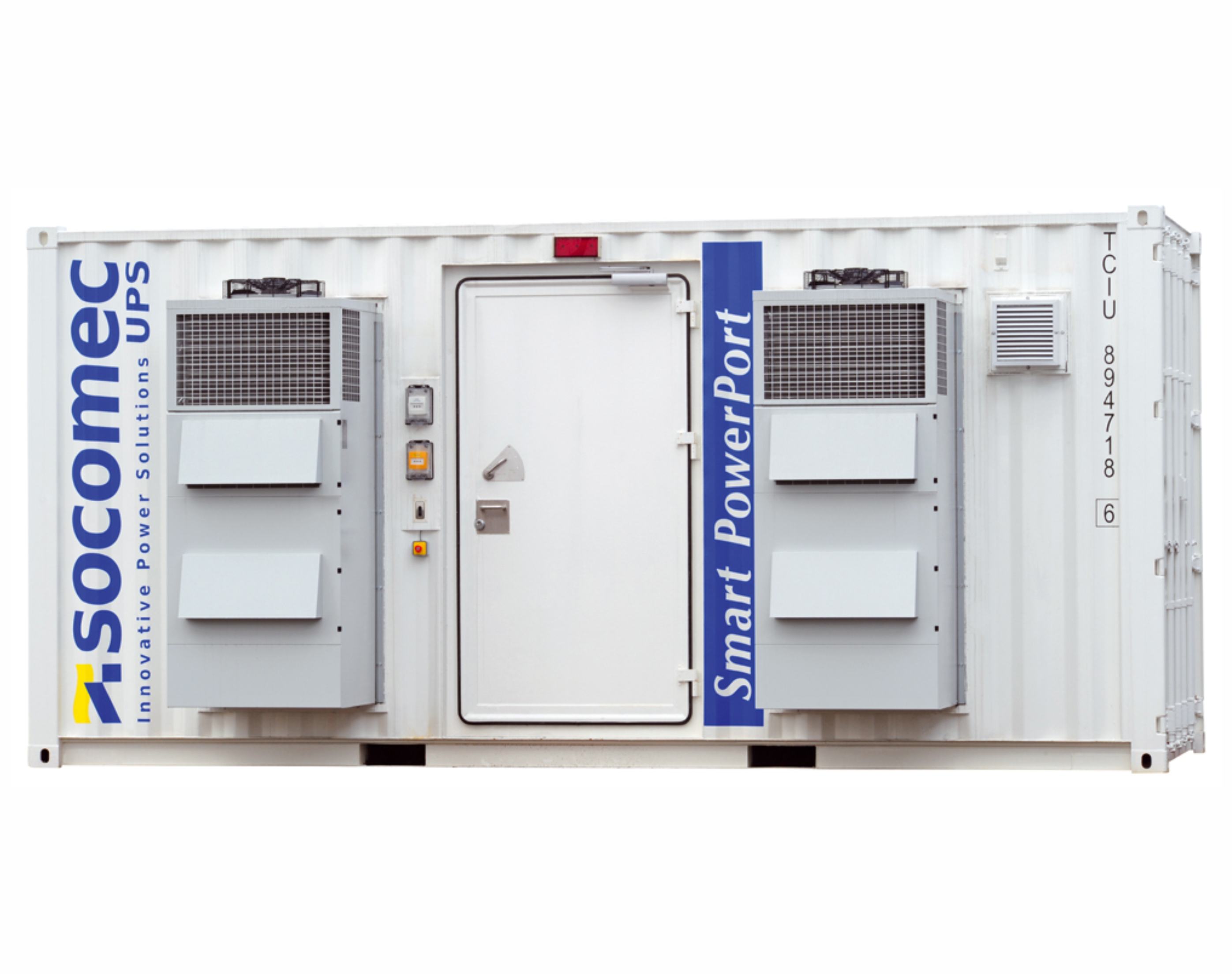
SMART POWERPORT (100 kW-1.84 MW)
-
from 100 kW to 1.84 MW
Fast deployable global solution to power your mission critical applications
Data centres
Telecommunications
Pharmaceutical and petrochemical plants
Transportation
Critical applications
Flexible high efficiency solution designed for:
Permanent applications, such as site power extensions or relocations, containerised data centres, building power and industrial infrastructure,
Temporary use, such as disaster recovery or site reconfiguration.
Industrialized turnkey solution
Pre-packaged comprehensive UPS power infrastructure.
Fully tested turnkey solution.
Flexible design for step-by-step expansion.
Highest protection grade at lowest industry power consumption.
Lower PuE (1) reducing carbon footprint (power and cooling)
Immediate upgrade and fast ROI due to deployment 2 to 4 times faster than traditional mortar solutions.
Easy to relocate.
No construction permit required.
Property cost savings.
A comprehensive infrastructure
Smart PowerPort is available in two different power configurations:
20’ high cube container from 100 kW to 450 kW per unit,
40’ high cube container up to 1000 kW per unit.
high efficiency ‘green power’ UPS system,
storage (batteries and/or flywheel),
input and output distribution panel,
cooling system,
fire protection,
battery monitoring,
access control.
Smart PowerPort is a complete environment infrastructure incorporating:
(1) PuE (Power Usage Effectiveness) is a metric used to determine the energy efficiency of a data center by dividing the amount of power entering a data center by the power used to run the computer infrastructure within it.


















